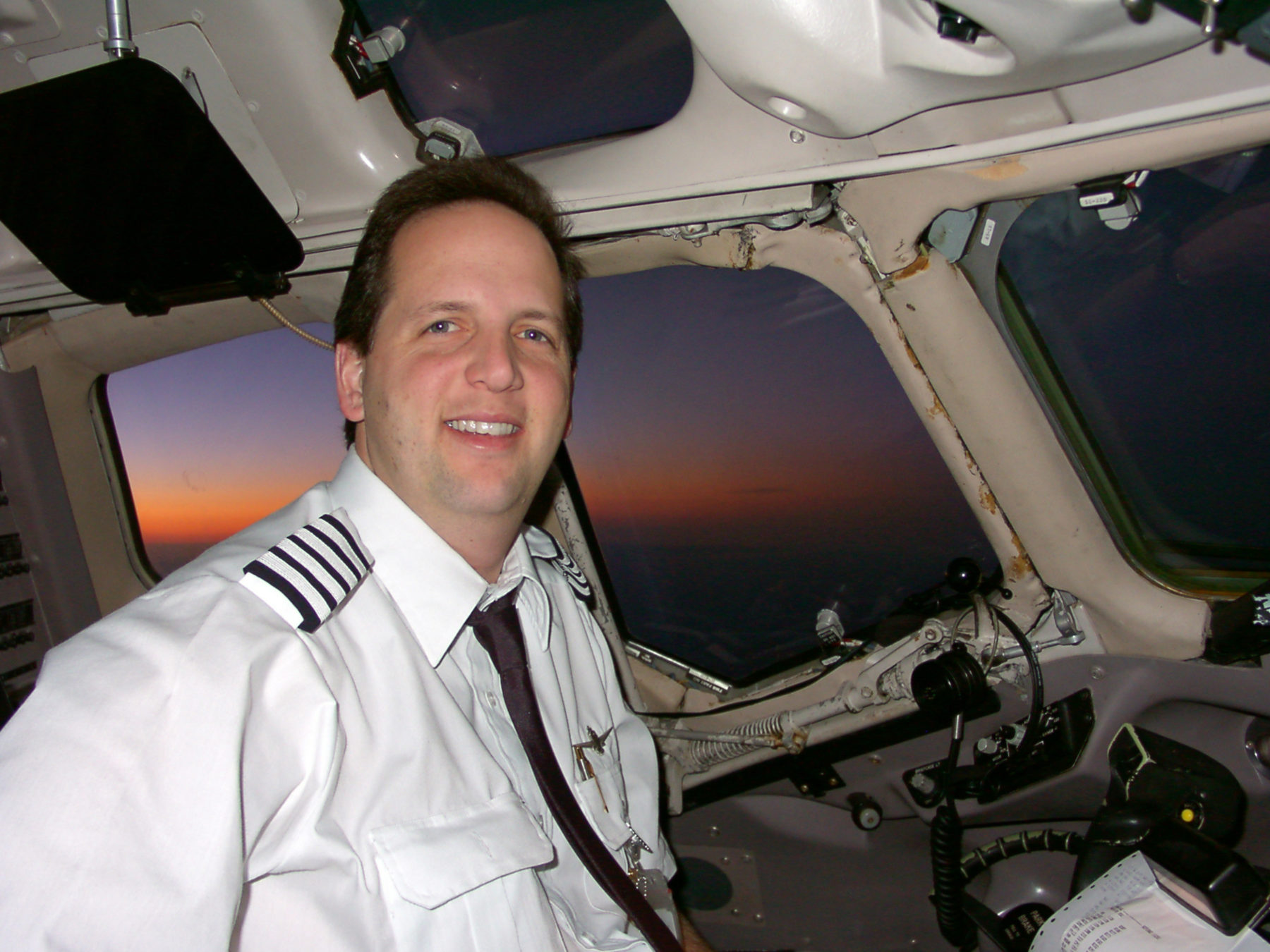Aviation safety is improving, but advances in automation are creating another danger—automation dependency. In the last half-decade, several airline accidents have been attributed in part to a pilot’s over-reliance on the autopilot and other automated systems. These include Colgan Flight 3407 (2009); Air France Flight 447 (2009); Asiana Flight 214 (2013); and UPS Flight 1354 (2013), to name a few. Additionally, automation dependency has been indicated in an increasing number of general aviation accidents. Modern autopilots have become so reliable that they have lulled us into a sense of complacency. For the sake of safety, pilots must view the autopilot as a tool to be utilized, not a crutch.
When I began learning to fly (and, I am still learning), autopilots were so unreliable that we habitually kept a close eye on them. Even if an autopilot had a heading-hold mode, it was only regarded as a “wing-leveler,” enabling a pilot to look away for just a moment or two. The Boeing 727’s autopilot could be engaged in either pitch or roll mode, or both. We often would disconnect only the pitch mode to manually make changes like leveling off or beginning a descent. This was because hand-flying was smoother than the autopilot. Also, the 727’s antiquated autopilot could not be relied upon to level off at the preselected altitude. Some didn’t even have altitude-capture capability.
Today’s autopilots are far more advanced. They rival and exceed the smooth flying of skilled pilots, so the pervasive tendency is to use them more. Excessive use of aircraft automation can, however, lead to complacency and the erosion of basic flying skills.
For example, while my new-hire copilot was flying the MD-80, I made the required callout 1,000 feet prior to the target level-off altitude. He acknowledged the “one-to-go” call, but before reaching the assigned altitude, he leaned down to retrieve something from his kit-bag. He remained “heads-down” throughout the level-off, completely trusting that the autopilot would dutifully perform as programmed. He hadn’t developed the healthy distrust for automation that I had. I watched this display of automation dependency with dismay. The autopilot did its job, but he never looked up to confirm it. To teach him not to do this, I tweaked the altitude alerter when he wasn’t looking. This sounded a warning that we had “busted” our altitude. His flinch and the adrenaline rush that no doubt followed would hopefully help him remember this lesson.
There are two fundamental reasons for autopilot mishaps. Either the autopilot doesn’t respond as programmed, or it dutifully obeys an erroneous command. Safety is dramatically increased if both of these factors are vigilantly monitored and kept in check.
Despite the advancements in technology, there are still occasions when manual control trumps cockpit automation. For example, using the autopilot during a visual approach can often cause an unstabilized descent, a leading cause of airplane accidents. Especially from a downwind leg, executing a visual approach with the autopilot can be more complex than clicking it off and simply flying the airplane manually.
A pilot’s prime directive is to fly the airplane safely. This means that he or she should be skilled in operating at all levels of automation including the lowest level—flying by hand. I suggest that all pilots maintain their flying proficiency by giving the automation a break and flying the airplane by hand regularly.
There is no substitute for a well-trained and proficient pilot. The autopilot’s engage switch should not be a pilot’s disengage switch.
Editor’s Note: Schiff earned a Bachelor of Science in Professional Aeronautics from Embry-Riddle. He is an MD-80 captain for a legacy airline and a part-time flight instructor.
